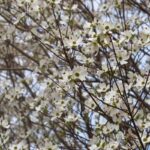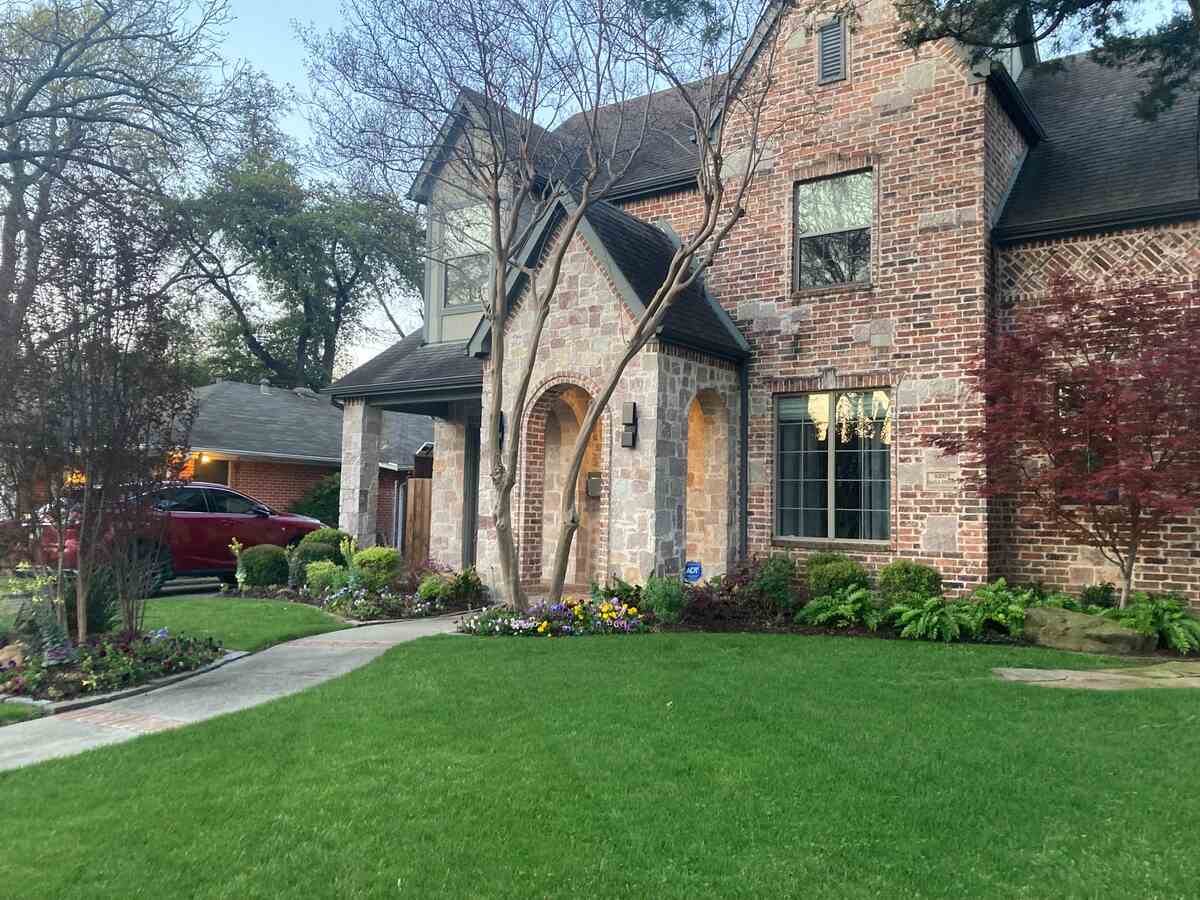
For North Texas homeowners, choosing a grass type that can withstand the state’s variable weather is crucial. The best grass types for Dallas weather are often drought- and heat-tolerant. Fortunately, several grass species have adapted to flourish in such conditions.
If you want a lawn that looks wonderful and lush in the heat of a Texas summer, select one of these common grass types for Dallas.
1. Bermudagrass
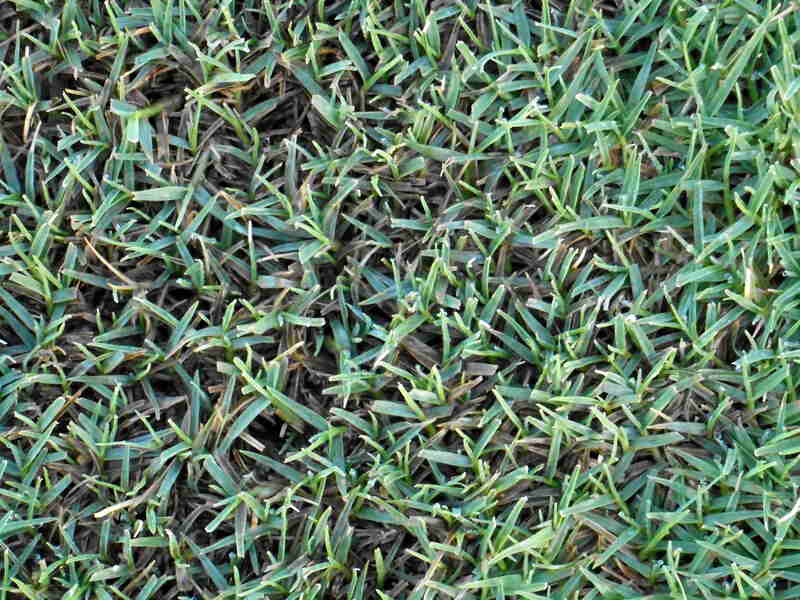
Bermudagrass does well throughout Texas, but it is primarily suited to the warmer areas of the state. Bermudagrass is highly drought tolerant and visually appealing with its dark, blue-green color. It requires full sun, and Dallas has plenty of that to go around. Bermudagrass is often used for lawns, athletic fields, and golf courses.
This grass type is available in several varieties, including Blackjack, Blue-muda, Contessa, Jackpot, LaPaloma, Majestic, Panama, Riviera, and Sunbird. These are just a few types of Bermudagrass that you can get your hands on in North Texas.
- Classification: Warm-season grass
- Spreads by: Stolons and rhizomes
- Shade tolerance: Low; thrives in full sun
- Drought tolerance: High
- Foot traffic tolerance: High
- Maintenance needs: Needs frequent mowing due to fast growth rate; develops thatch easily; needs regular fertilization
- Mowing height: Set the mowing height between 0.5 and 1.5 inches for hybrid Bermudagrass cultivars. Keep common Bermudagrass at 1.5 to 2.5 inches.
- Potential for disease: Good resistance to disease, although diseases are common; low resistance to insects
- Soil pH: 6-6.5
- Soil type: Tolerates most soil types
- Other notes: Grows well in sandy soils
Grass Seed Options:
– Pennington Bermudagrass Bare Spot (5 lb. bag)
– Pennington Smart Seed Bermudagrass Mix (8.75-lb. bag)
– Scotts Turf Builder Bermudagrass (10-lb. bag)
– Hancock Seed Co. Bermudagrass (50-lb. bag)
2. Buffalograss
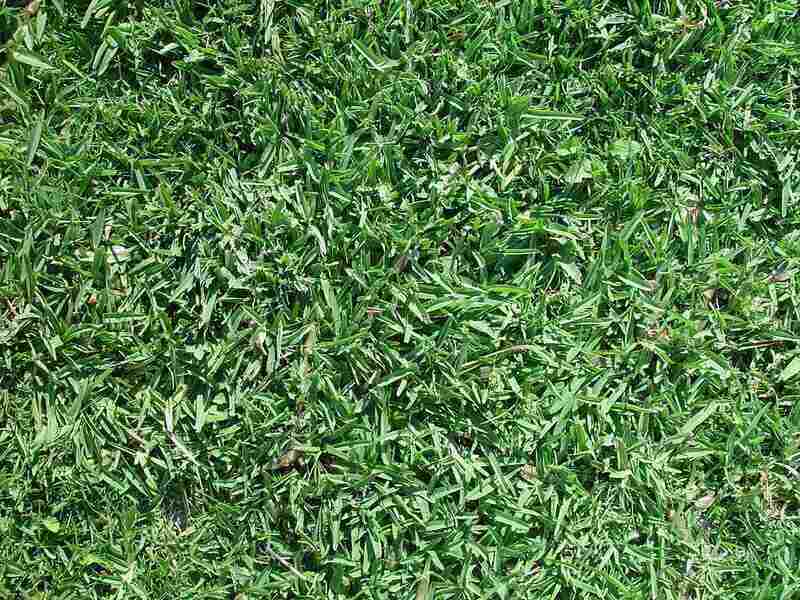
Buffalograss thrives in dry conditions and is a great option for Texas lawns. It prefers dry to medium-wet regions, as excessive moisture encourages the growth of weeds.
Buffalograss is low-maintenance but needs full sun exposure daily to perform and look its best. In addition to flourishing in direct sunlight, this variety thrives in various soil types.
- Classification: Warm-season grass
- Spreads by: Stolons
- Shade tolerance: Low
- Drought tolerance: High
- Foot traffic tolerance: Low
- Maintenance needs: Low fertilizer and mowing needs. Requires weed control.
- Mowing height: Set the mowing height between 2 and 3 inches.
- Potential for disease: Good tolerance against diseases and insects
- Soil pH: 6.5-7.5
- Soil type: Native clay soils, not sandy soils
- Other notes: Overwatering buffalograss can stimulate the invasion of other grass species and the growth of weeds.
Grass Seed Options:
– Everwilde Farms Buffalograss Seeds (1 lb. of seeds)
– Scotts Pursue Buffalograss with Natural Seed (1 lb. of seeds)
– Outsidepride Perennial Buffalo Grass Seed (2 lb. of seeds)
3. Centipedegrass
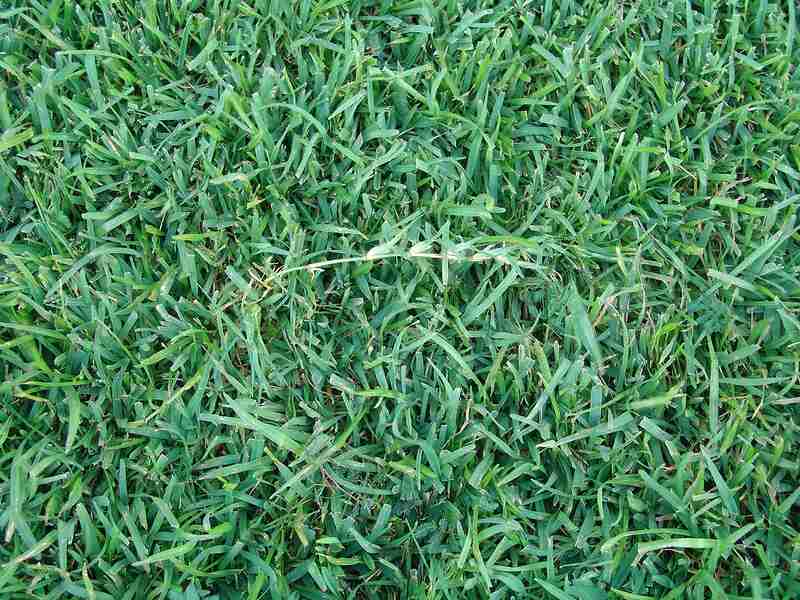
Photo Credit: James Becwar / Wikimedia Commons / CC0 1.0
Dallas is ideal for growing centipedegrass because it tolerates both full sun and partial shade. As it cannot handle heavy foot traffic or extended periods of drought, this slow-growing grass species is a good low-maintenance choice for homes with small, low-traffic lawns. This grass has several varieties with textures ranging from medium to coarse, and they can all withstand heat effectively.
Moreover, they have minimal nutrient needs, but their shallow root systems are easily damaged by alkaline soil. Despite its sensitivity to cold, centipedegrass can usually survive Texas winters.
- Classification: Warm-season grass
- Spreads by: Stolons
- Shade tolerance: Moderate
- Drought tolerance: Moderate
- Foot traffic tolerance: Low
- Maintenance needs: Actively growing centipedegrass requires about 1 inch of water per week, either from rainfall or supplemental irrigation.
- Mowing height: Set the mowing height between 1 and 2 inches.
- Potential for disease: Good resistance to diseases and insects
- Soil pH: 5-6
- Soil type: Acidic, infertile, at least moderately good drainage (very dense, clay soils produce poor results)
- Other notes: Problems later in the summer can be avoided or lessened with proper watering.
Grass Seed Options:
– Gulf Kist Coated Centipedegrass Seeds (1 lb.)
– Scotts EZ Seed Patch and Repair Centipedegrass (3.75 lbs.)
– TifBlair Centipedegrass (5-lb. bag)
– Pennington Centipedegrass and Mulch (5-lb. bag)
4. St. Augustinegrass
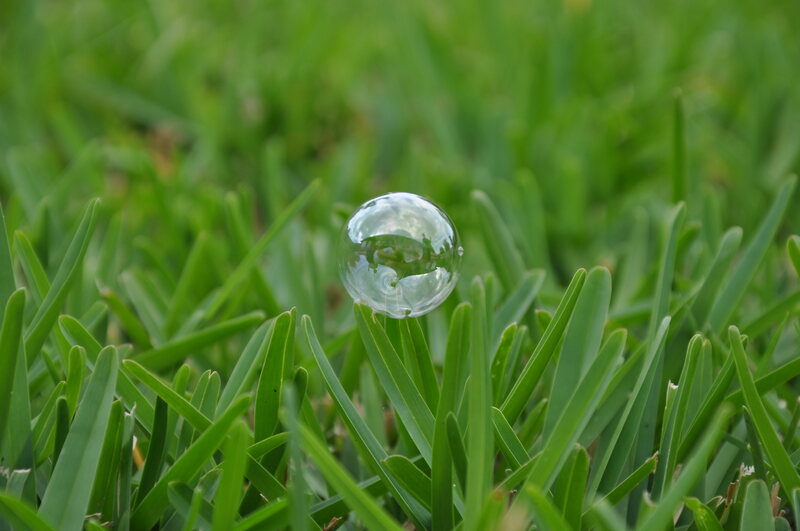
St. Augustinegrass, with its coarse texture, is ideal for Texas’s warmer regions. This grass is one of the most low-maintenance grass types, flourishing in temperatures between 75 and 90 degrees Fahrenheit. St. Augustinegrass stays greener for longer than other grasses like Bermuda do during drought.
This grass type has a coarser texture than others, but that texture is great for covering up weeds and some other minor turf problems. Certain St. Augustinegrass varieties may thrive in dense shade, making them a good option for homes with lots of trees.
- Classification: Warm-season grass
- Spreads by: Stolons
- Shade tolerance: Moderate. It is the most shade-tolerant warm-season grass.
- Drought tolerance: Moderate to High
- Foot traffic tolerance: Low
- Maintenance needs: Needs frequent mowing due to fast growth rate; develops thatch easily; needs regular fertilization
- Mowing height: Set the mowing height between 3.5 and 4 inches.
- Potential for disease: Moderate to high
- Soil pH: 6-7.5
- Soil type: Tolerates many soil types; prefers moderately fertile and moist (not waterlogged) soils; doesn’t tolerate soil compaction
- Other notes: Water only when the grass needs it
Grass Plug Options:
– Seed Ranch St Augustine Seville Grass Plugs (2 Trays)
– Seed Ranch St Augustine Floratam Grass Plugs (2 Trays)
5. Zoysiagrass
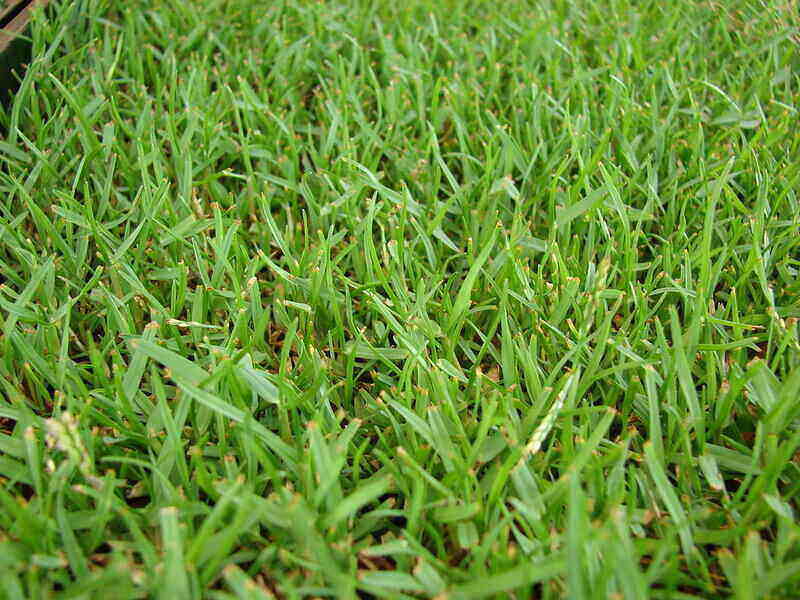
Due to its strong drought resistance, weed resistance, and mild shade tolerance, Zoysiagrass is becoming increasingly popular in dry, warm regions of Texas. Zeon Zoysia and Palisade Zoysia are just two of the many types of Zoysiagrass available for Dallas homeowners.
Zoysiagrass, regardless of the variety, feels great to bare feet and is a deep, rich green. This type of grass is less labor-intensive to maintain than many others since it grows slowly and fills in densely, requiring less frequent mowing and preventing weeds from intruding. Even in dry, hot weather, Zoysiagrass can withstand heavy foot traffic.
- Classification: Warm-season grass
- Spreads by: Stolons and rhizomes
- Shade tolerance: Moderate
- Drought tolerance: Moderate
- Foot traffic tolerance: High, but recovers slowly from damage
- Maintenance needs: Low nitrogen fertilization requirements; prone to thatch build-up
- Mowing height: Set mowing height between 1 and 2 inches.
- Potential for disease: Good disease tolerance overall
- Soil pH: 6-6.5
- Soil type: Needs well-draining soil; some cultivars more tolerant of a wide range of soils than others
- Other notes: It requires intensive watering immediately after planting the seeds.
Grass Plug and Seed Options:
– Zoysia Plugs (50 Large Grass Plugs)
– Zoysia Plugs (50 Full & Lush Grass Plugs)
– Zoysia Plugs (100 Plugs)
– Zoysia Emerald Grass Seeds (1/8 lb. of seeds)
– Zenith Zenith Grass Seeds (1/8 lb. of seeds)
FAQ About Dallas Grass Types
Perennial turfgrasses can live for several years, but they will go dormant during their off-season. For the warm-season grasses of North Texas, the dormant season usually lasts from about November until April. If your grass turns brown during this time, don’t worry! It isn’t dead, and it will green up again come spring.
When homeowners sow grass seeds on North Texas lawns, they may have to wait up to six weeks for the area to fill in. For several weeks, homeowners must tolerate an unsightly lawn as turf grass grows from grass seed to sprouts of soft turf and then fills in.
The best time to seed warm-season grasses like Bermuda, Zoysia, and St. Augustine is spring, when they are actively growing, but before the intense heat of July. St. Augustinegrass can also be planted in early fall to give it time to take root before the winter starts.
It all depends on the appearance the homeowner is going for and the type of grass in your yard, but the standard recommendation is between 1.5 and 3 inches.
Ready for a Beautiful Dallas Lawn?
How will you tend to your new lawn once you’ve decided on the right grass for your Dallas yard? See our Dallas lawn care tips for summer, winter, and fall for the best advice.
If you don’t want to spend the money on a mower, edger, string trimmer, and other tools, or if you don’t have time to maintain your lawn, look for a professional lawn care service provider in your area. LawnStarter can connect you with a Dallas lawn service today!
LawnStarter participates in the Amazon Services LLC Associates Program, an affiliate advertising program. LawnStarter earns revenue from products promoted in this article.
Main Image Credit: Dallas lawn / Jeff Herman / LawnStarter.





